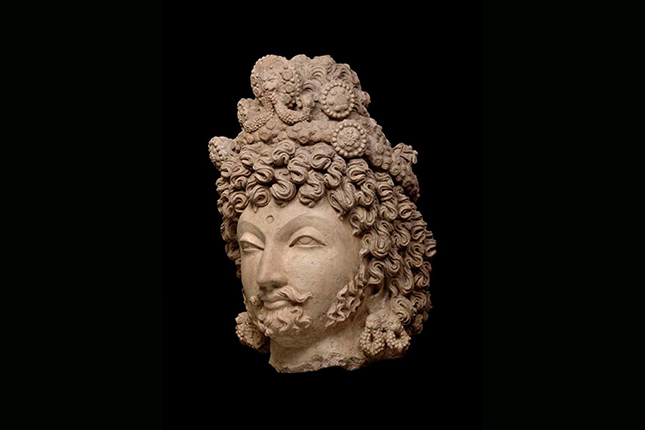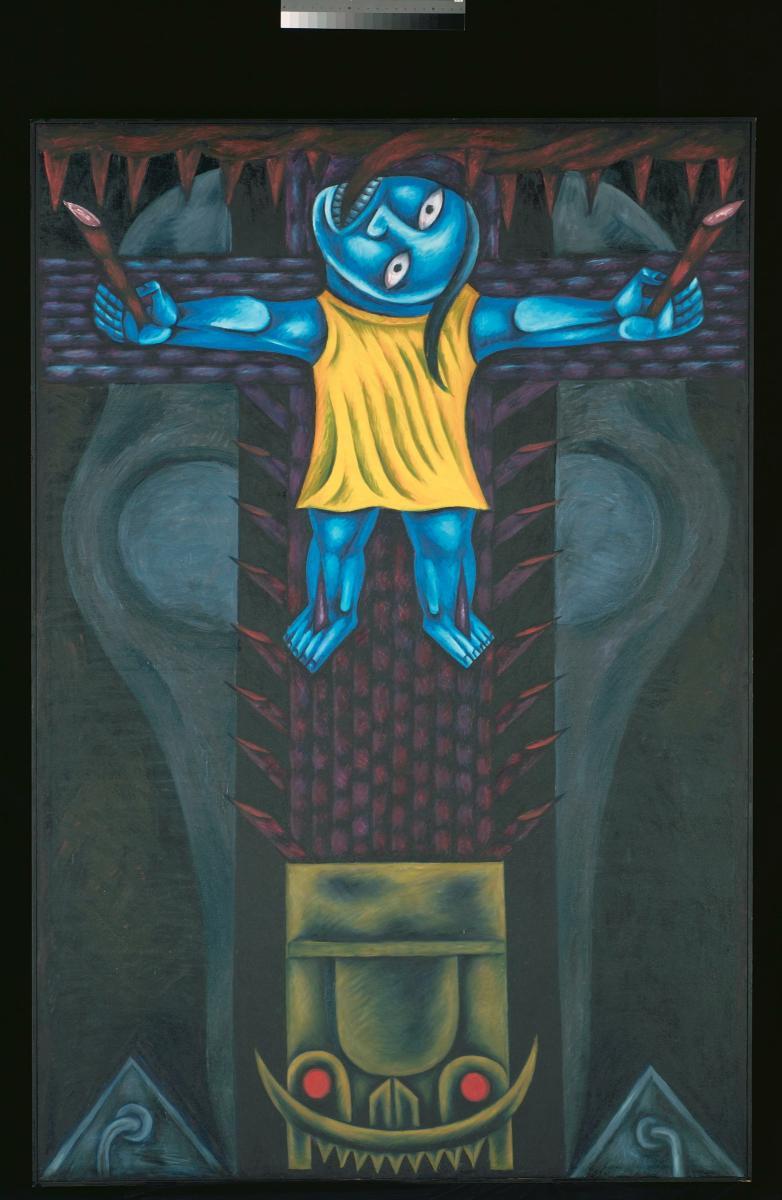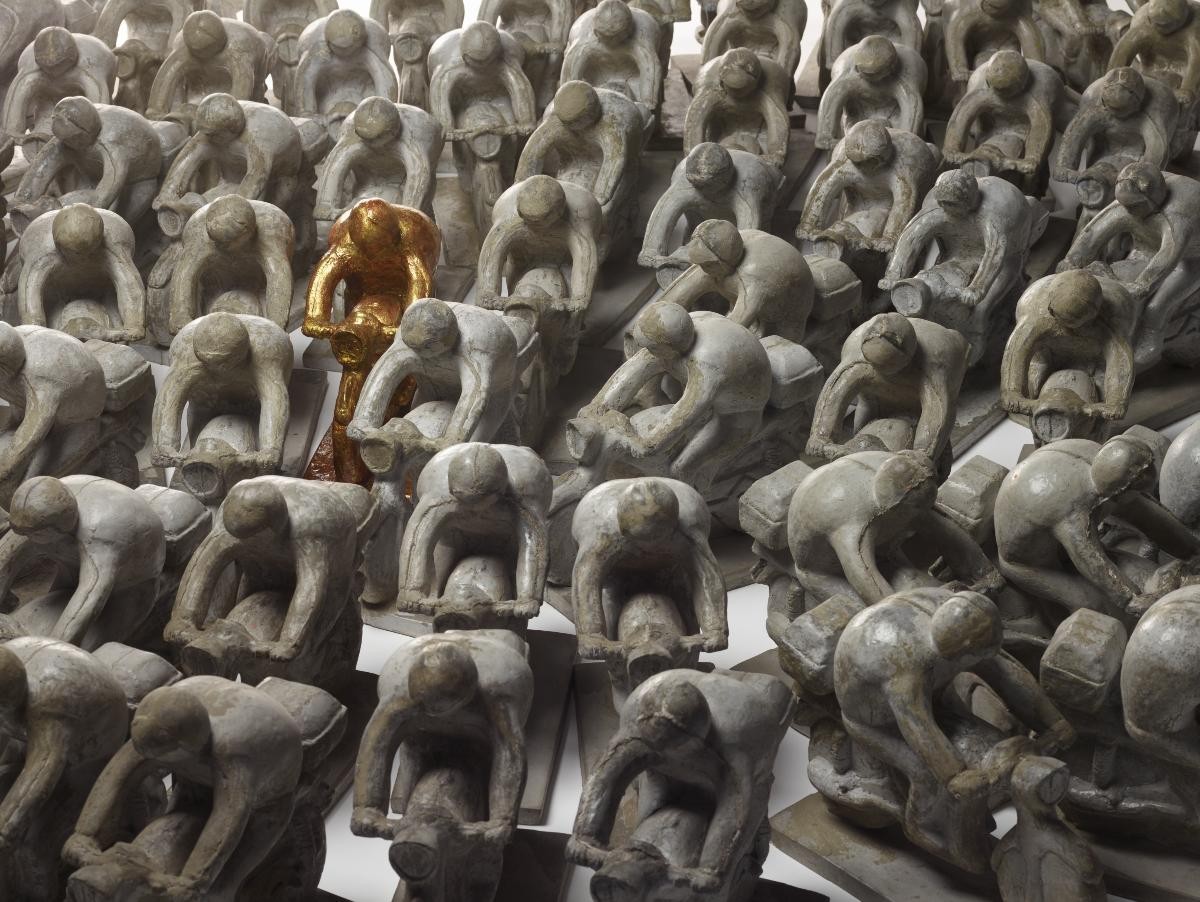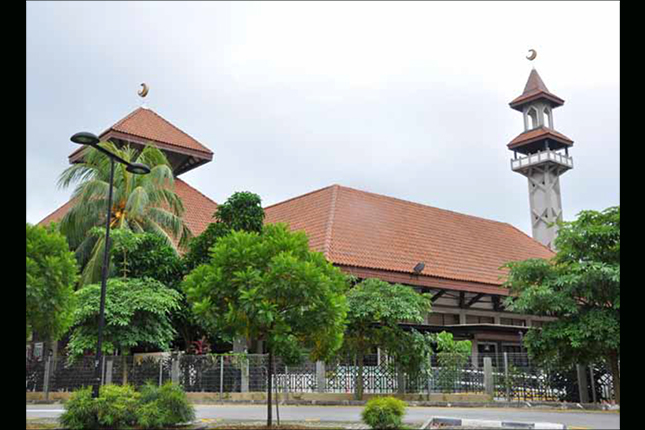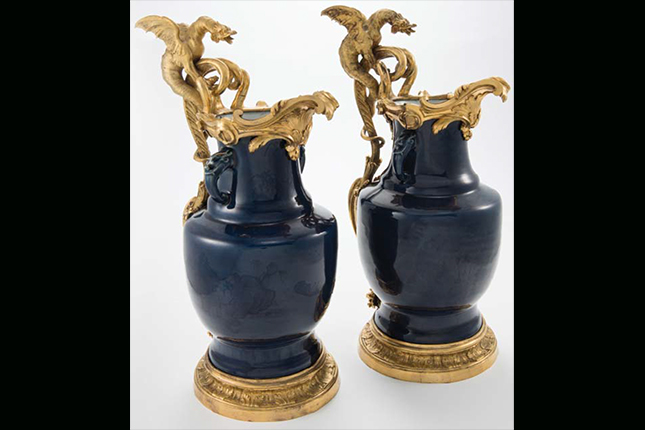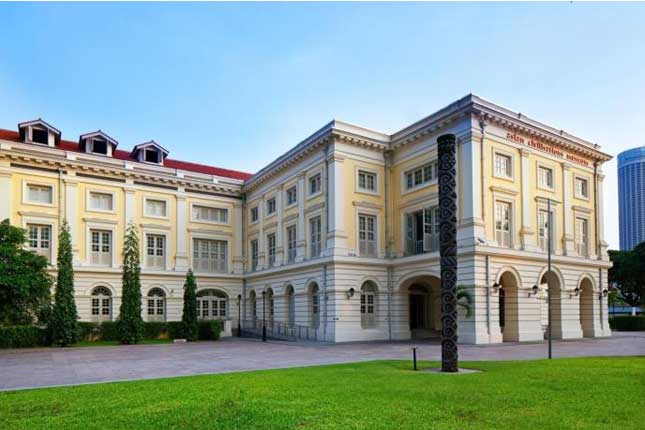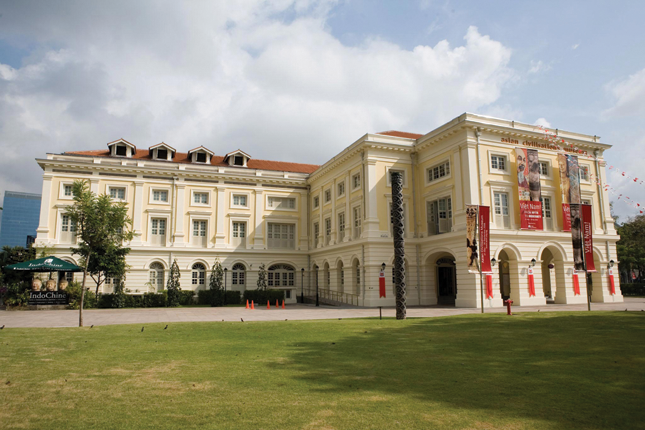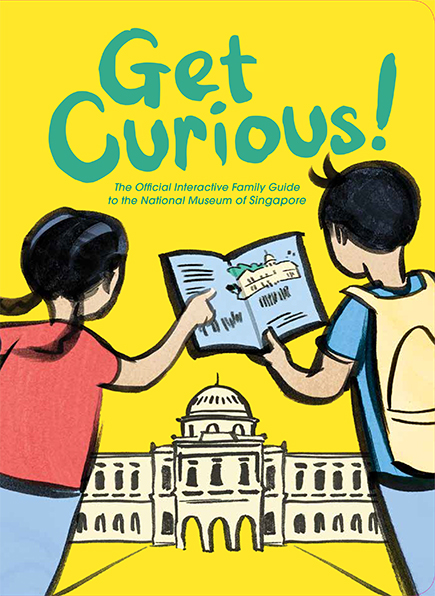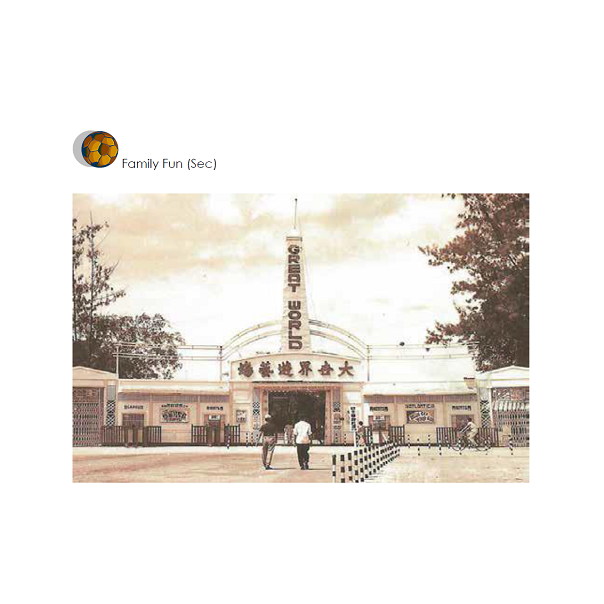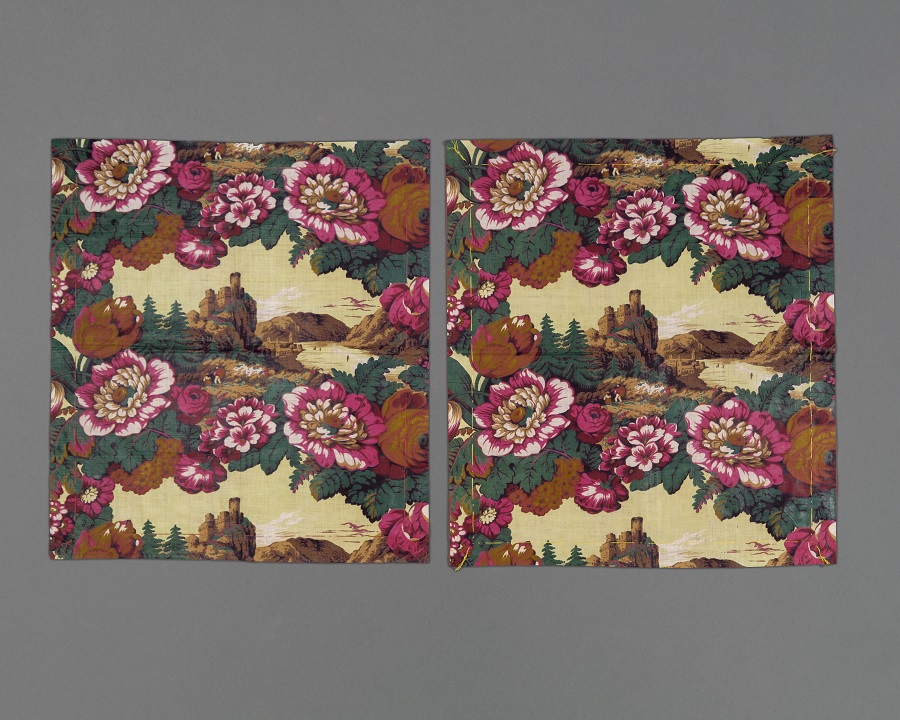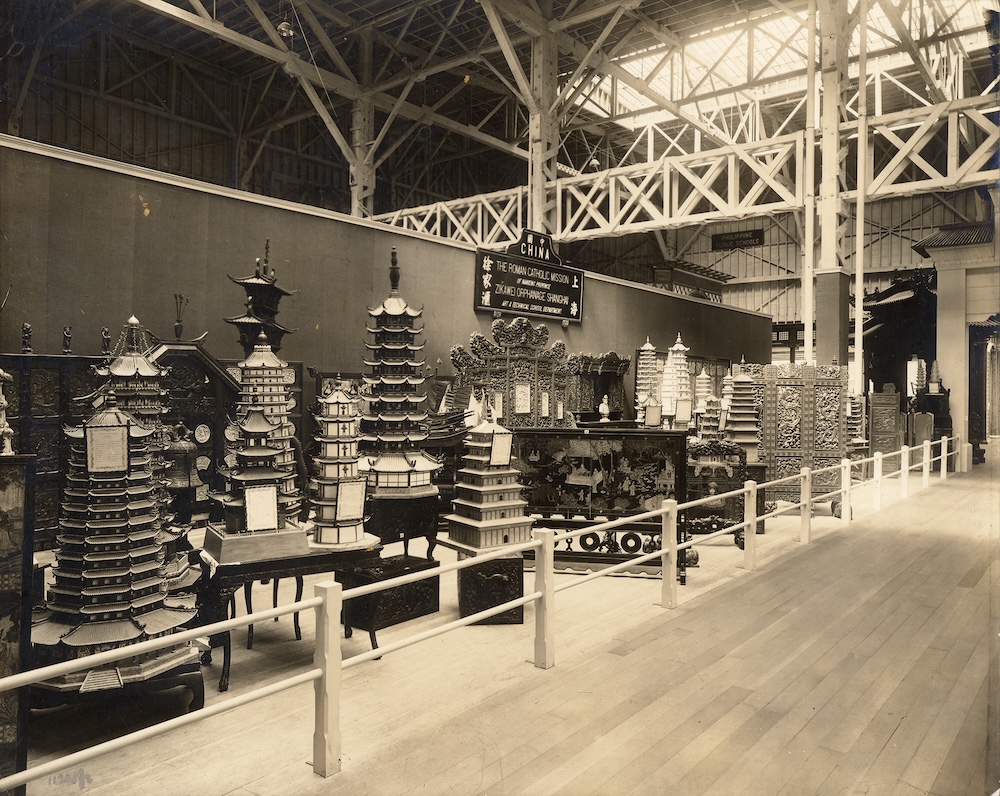Text by Clement Ong
Images by Asian Civilisations Museum
BeMuse Volume 6 Issue 3 - Oct to Dec 2013
The Asian Civilisations Museum displayed over 170 new acquisitions in the special exhibition Devotion and Desire: Cross-Cultural Art in Asia which ran until 8 December 2013. Objects acquired over 2009 to 2013 were mounted in the exhibition, most for the first time. Many of these works of art revealed the surprising connections between Asian cultures, and between Asia and the wider world. The exhibition highlighted a new direction for the museum, which had recently focused on collecting objects that have resulted from these interconnections.
The themes of the exhibition include the importance of trade, transmission of religions, courtly art, and colonial networks. For thousands of years, the cultures of Asia have traded, interacted, and exchanged ideas. These encounters have shaped our world, and they affect the way objects look. Religions moved from region to region, special objects were eagerly sought in lands far away, and new works of art were created by the blending of different traditions.
What is cross-cultural art?
Defining cross-cultural art is complicated. Trying to understand, through our contemporary eyes, why an object looks the way it does often requires a supple mind and a familiarity with various artistic traditions. Many works of art were made by people who lived a world away from their intended consumers – and, therefore, did not necessarily share a language, religion, or aesthetic. Meaning and context are generated in unexpected ways, with crucial roles played by traders, agents, and consumers of various types. Art historians sometimes try to pinpoint the earliest occurrence of a motif or style in order to identify the “original” source of influence. Although this may be a useful starting point, it can also obscure the influence of creativity by later artists.
Cross-cultural art can result from an artist using ideas and styles from a foreign culture in order to produce new work. Whether the process is called copying, borrowing, emulating, or appropriation is of no importance. What is important and exciting is the process – the exchange of influences, whether facilitated by networks of trade, migration, pilgrimage, diplomacy, or any combination of these – and, of course, the resulting works of art.
Devotion and Desire
Desire for wealth, hard-to-obtain commodities, adventure, and objects of beauty has driven trade and the movements of people for a very long time. Devotion to gods, principles, charismatic leaders, and indeed, craft and art-making, has been and still is a major driving force in civilizations around the globe. The objects in the exhibition are products of these forces, and tell fascinating stories of the past.
Peranakan art embodies this cross-cultural blending of ideas. As the descendants of foreign traders who settled and married local women, they adopted traits from their new home in the Malay world, while retaining much of their own culture, whether from China, India, or Europe. Peranakan art reflects diverse influences – it incorporates a complex mixture of styles and objects made in different parts of the world, which were commissioned or collected, and displayed together in a new context. The Peranakans provide an example for looking at the world: they remind us to look beyond the strict notions of nationality and ethnicity to discover the value of diverse communities.
Many regions around the globe have been sites of exchange and blending. As peoples and religions spread to new lands, new adherents incorporate local customs into new belief. A spectacular example is the monumental head of a bodhisattva (fig. 1). Both the style and the religious significance of the work can be traced to other lands: it is a Buddhist figure, made in a style borrowed from Hellenistic art. It was made in the ancient kingdom of Gandhara (in what is today northern Pakistan), an important crossroads between East and West. Like the Malay Peninsula, it was a point of exchange for trade, religion, and art.
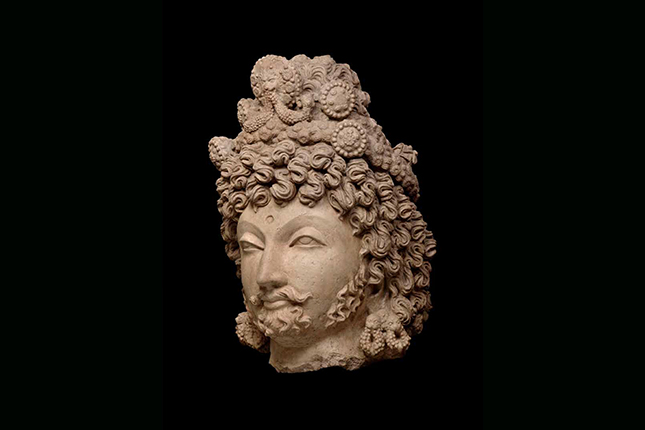
Alexander the Great conquered parts of the Gandhara region in the 4th century BC. The state later transferred to the Indian Mauryan dynasty, whose King Ashoka (272–237 BC) converted to Buddhism. A succession of Greek and Bactrian rulers followed, until a long period of ability began under the Kushan kingdom (late 1 century until around 450 CE). These waves of influences left two profound effects on Gandharan art: Buddhism; and the realistic depiction of the human form influenced by Greek and Roman art – a mixture that gave rise to some of the earliest depictions of the Buddha and bodhisattvas.
Hinduism, Buddhism, Christianity, Islam, Zoroastrianism, and Sikhism were all represented in works of art in the exhibition. Many of these objects are the result of varied artistic influence. For instance, Hinduism and Buddhism were transmitted from India to Southeast Asia in the first centuries of the Common Era. Imported ritual objects provided inspiration for local work, and Indian artists and merchants settled in towns along the trade routes and contributed to the creative process.
Three images of the Virgin and Child show varied responses to Christianity in Asia. A porcelain model made at Dehua, China, with a base of swirling Chinese-style clouds, melds elements of Guanyin with the Virgin Mary (fig. 2).
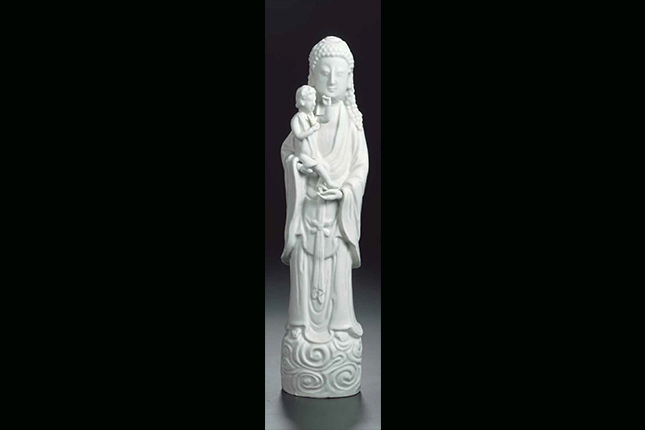
An ivory sculpture shows the extraordinary skills of Sri Lankan carvers who worked for both Christian and Buddhist patrons (fig. 3).
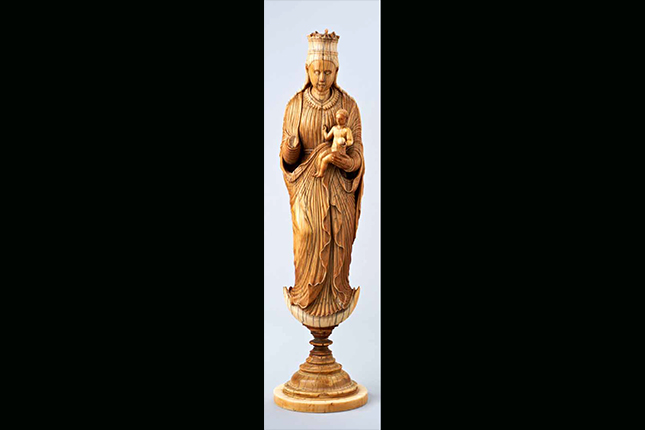
And a wooden Virgin and Child crafted in Timor-Leste is an example of a local artist’s interpretation of a Western sculptural style (fig. 4).
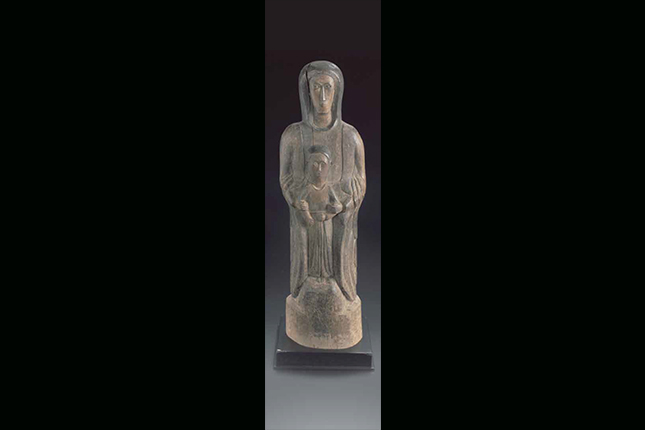
The three sculptures all depict the same subject, but the stories of how they came to be are worlds apart.
Local religions dominate another section of the exhibition. In many cultures, ancestors are deeply respected and venerated. If properly attended to, ancestors would shower blessings upon the community and ensure bountiful harvests. In ancient China, vessels cast of bronze were used to offer food and wine during rituals dedicated to ancestors and the gods. Ritual vessels like a gui (fig. 5), richly decorated and exceptionally well preserved, were used by the elite. An array of impressive ritual bronzes was a display of power and prestige. These bronzes were often later buried in the tombs of their owners. Ancestor rituals not only showed respect but also emphasized the source of a ruler’s political authority.
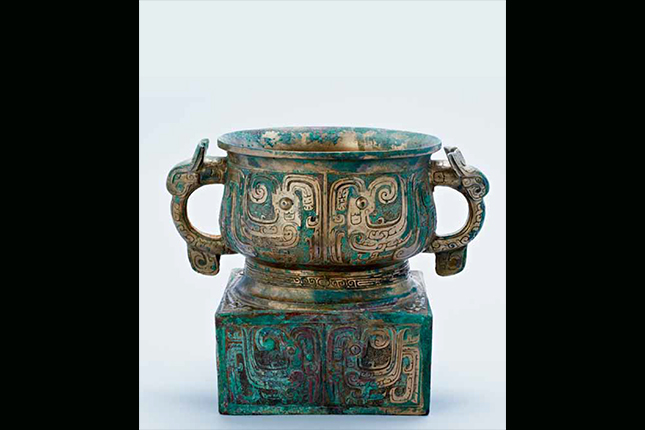
The Austronesian peoples of Southeast Asia often represented their ancestors by producing figures made from wood, stone, or metal. Some are extremely simple – others grand and beautifully carved. A Hampatong guardian figure from central Borneo takes the form of a colonial-era soldier in Western- style military uniform (fig. 6). This shows that the Dayaks would even use powers from the world outside their community to ward off intruders from the spirit world.
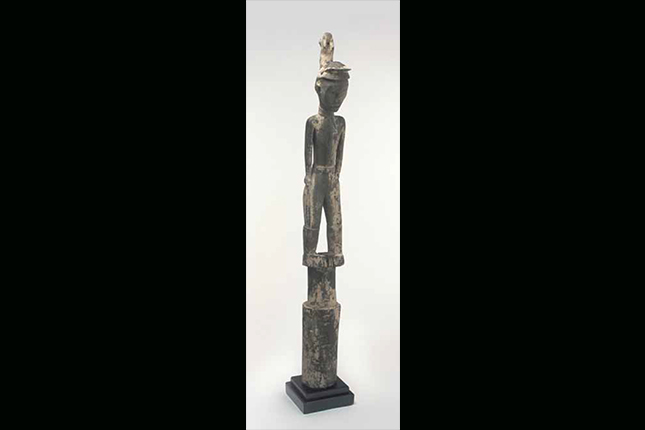
The desire to obtain money and goods through commerce has spurred the movements of people around the world for millennia. Much of the trade through the Indian Ocean centred around textiles from India and spices from Southeast Asia. A fine cotton textile (fig. 7), probably made for use as a bedspread or wall hanging, was produced on the Coromandel Coast of India. The bold floral patterns were popular in Europe at the time, and it was surely designed to appeal to that market.
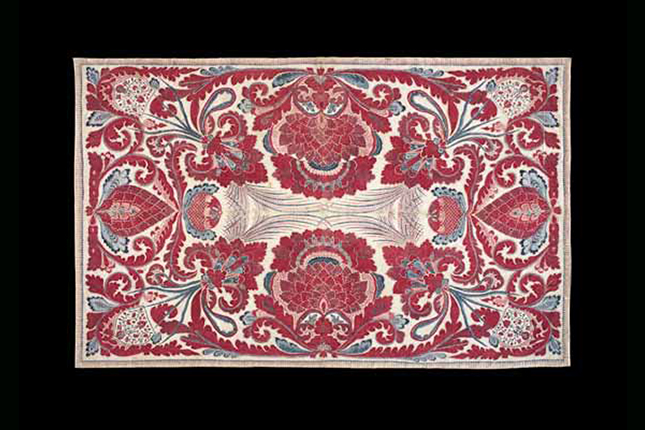
Porcelain and other goods from China were also coveted by much of the world, and for a time, the trade was strictly controlled. On display was a large bowl decorated with scenes of the lively waterfront at Guangzhou (Canton), the busiest trading port by the mid-18th century (fig. 8). Western trading companies were restricted to the “hongs”, as they were called, offices and residences abutting the port. Hong bowls like this were produced by Chinese artisans as souvenirs for wealthy foreign merchants.
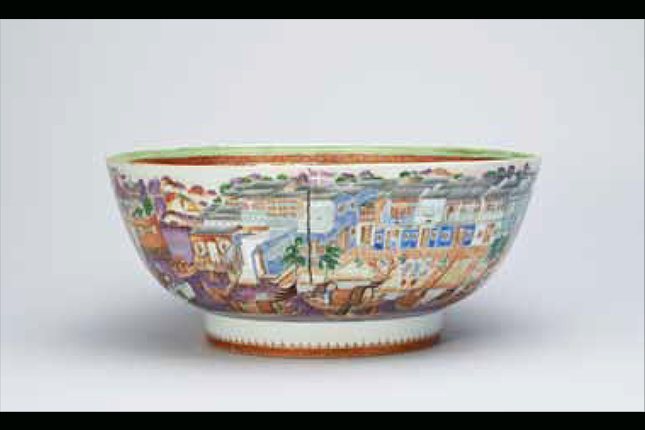
Luxury goods made from tortoise shell, ivory, mother-of-pearl, silver and gold – even exotic woods – drove markets for art in many places. A small chest covered with iridescent mother-of-pearl plaques mounted with silver pins was produced in Gujarat in western India (fig. 9). Collectors in Renaissance Europe were dazzled by such objects, which could be found in princely collections throughout the region.
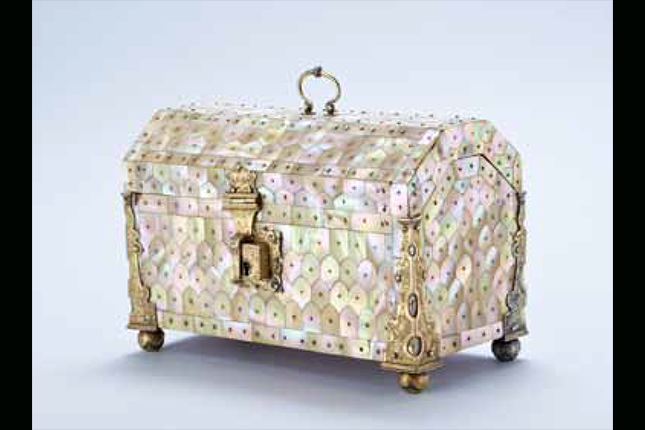
It is perhaps appropriate to return to Peranakan art to complete the circle. A full-length portrait painted in oil of Madam Wellington Koo embodies the shifting identities of Peranakans in the modern world (fig. 10).
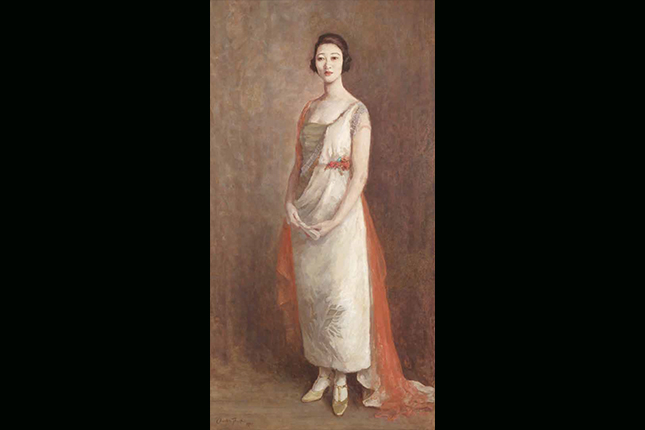
Born at the turn of the century into a wealthy family in Java, Oei Hui-lan (1899–1992) grew up there and in Singapore, speaking multiple languages, and learning to negotiate the colonial society of the day. She married Wellington Koo, an American-educated Chinese diplomat, and they lived at postings in Europe and America. Madam Koo moved easily through high society in the East and the West. Featured in Vogue magazine, she was equally comfortable in haute couture or the sarong kebaya; the shops of Paris, or the dusty streets of Java. And thus, we might view her as another in a long line of adventurers, traders, and negotiators along the many paths that combine cultures around the world. These interactions can produce works of great beauty. Some of them were on display here in Singapore in the past exhibition at the Asian Civilisations Museum.
Clement Onn is Curator, Cross-Culture, Asian Civilisations Museum.




